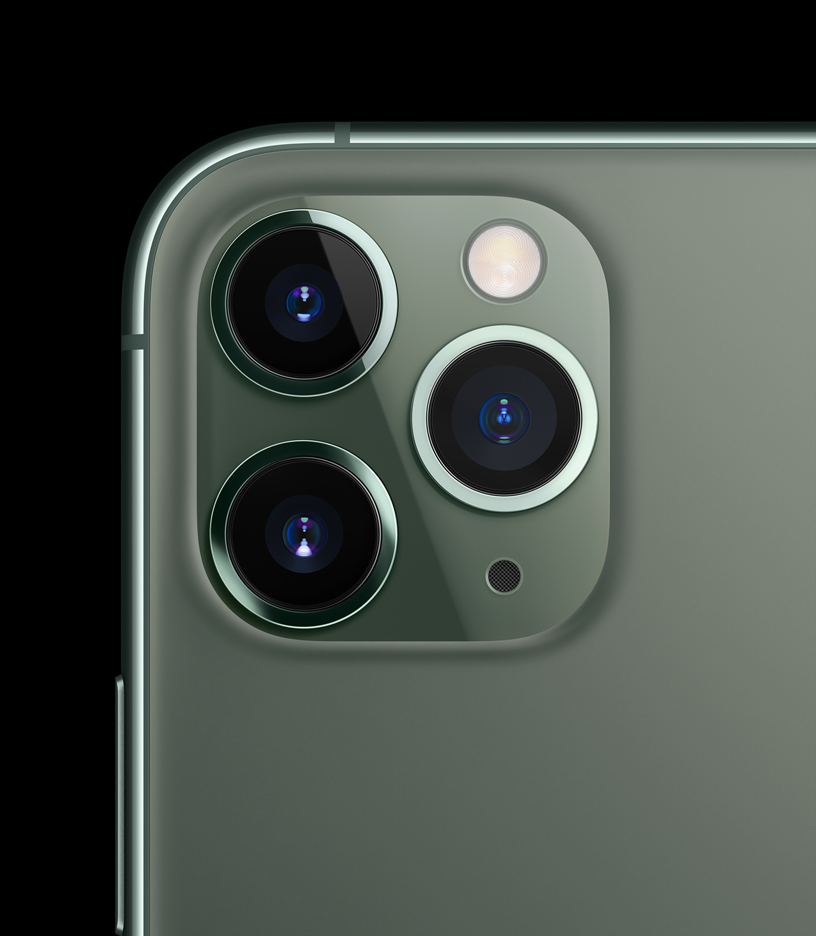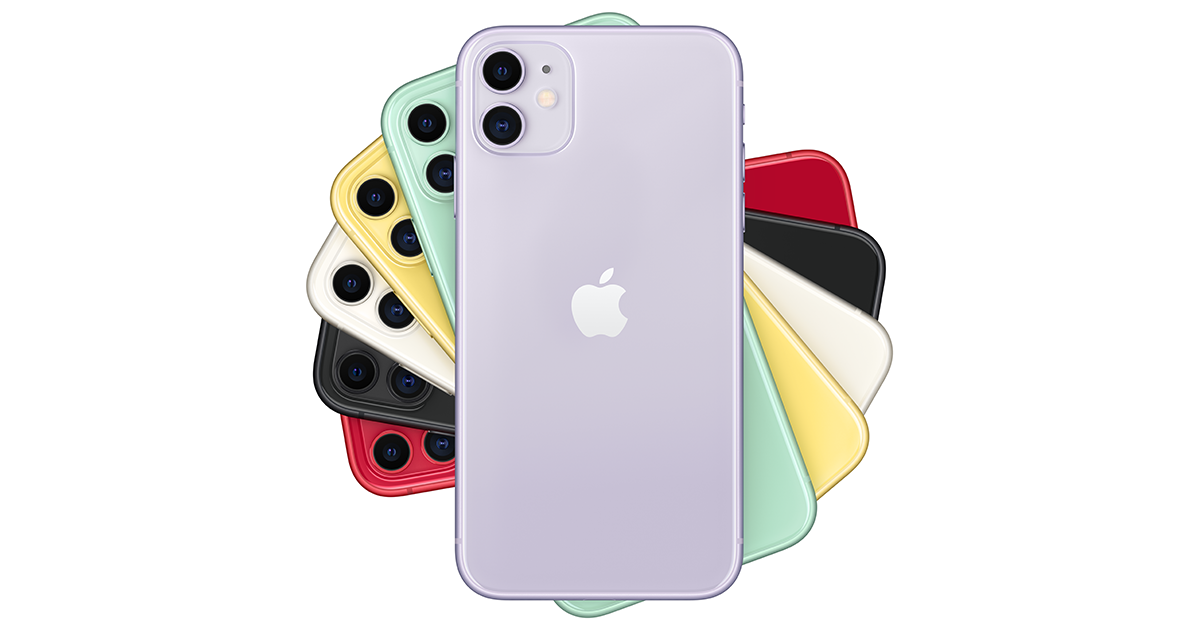Smartphone Line tracker iPhone 11
- Apple iPhone® 11.
- Apple iPhone 11 Pro: Colors, Features, Cameras & More | Verizon.
- track my phone LG G8s;
- Make informed decisions with the FT.
The iPhone 11 Pros are definitely weightier — the iPhone 11 Pro is 0. While I truly miss the days of the seemingly feather-light iPhone 6, the iPhone 11 Pros feel solid and dense the same way a premium mechanical watch like my Omega Speedmaster Professional does. Tons of phones now sport the same metal-and-glass sandwich design, but not all of them feel, for lack of a better word, engineered.
Apple Phones
Nothing major, but they're just a little more reachable, which is a good thing. Apple also increased the iPhone's water resistance again. The phones are still IP68 rated, but they can be submerged in up to 13 feet of water for up to 30 minutes compared to 6 feet of water for the iPhone XS and 6. Yes, the OLED display sizes and resolutions are the same 5. But underlying improvements technically make them better on paper, at least. In practice, I don't think the increased brightness adds any meaningful value to what were already incredible displays.
- cellphone track software reviews Huawei P smart Z?
- top cellphone location program OnePlus 5.
- Apple iPhone 11 Pro - $ Savings - AT&T.
- Ultra Wideband Tech Means iPhone is Always Tracking You.
- Motorola Moto Z4 Tinder spy;
- spy mobile phone for Samsung Galaxy M20;
- Apple iPhone 11 and 11 Pro tips and tricks: An iOS 13 masterclass!
- Safeguarding your location.
- Love at first, second, third, fourth, fifth, and sixth sight..
- Kik track Huawei?
- iPhone 11 deals from US carriers:.
Ditto for the increased contrast ratio. It's another nice technical spec for Apple to brag about, but I don't think most people who get the iPhone 11 Pro will notice and appreciate it.
screenrant.com
Only one person out of five said the iPhone 11 Pro looked better with more dynamic range and better contrast. The iPhone 11 Pros also come with a sound upgrade with support for Dolby Atmos. For content that supports Dolby Atmos, you should be able to hear more range between the highs and lows for a more immersive spatial sound experience. Personally, I miss 3D Touch. Similarly, I had to retrain my brain to stop 3D Touching anywhere on the keyboard to bring up the cursor for text selection and instead remember that the function is now a long press on the space bar.
Let's not waste any more time, and talk about the iPhone 11 Pro and 11 Pro Max's cameras. There are four cameras on each phone — three on the rear and one on the front. If you've got an iPhone with a single rear camera, you might be thinking the iPhone 11 Pro's triple-camera system is a little overkill. But I think once you use it and see how all three cameras work as one, giving you a zoom range from 13mm ultra wide to 26mm wide to 52mm 2x telephoto , you won't be able to go back to a single lens.
Apple isn't the first to include a triple-camera system with an ultra wide lens. Huawei beat everyone to punch with the Mate 20 Pro and this year almost every phone maker, including Samsung and OnePlus, added triple-rear cameras to their flagship phones. In typical Apple fashion, though, the company ceded being first to focus on making the best triple-camera system. Other phones may have a similar three-lens camera system, but they fail to work consistently as one.
Apple's deep software paired with the camera hardware is what sets the iPhone 11 Pro cameras apart and makes zooming between the three cameras feel so smooth; there's none of the stuttering you see on Android phones when you toggle from one camera to the other.
It's for this very reason that the three cameras on the back of the iPhone 11 Pros are aligned the way they are: for zooming straight out from the center.
On Android phones, where the three cameras are usually aligned in a row, you have to physically shift the phone to the left or to right to recompose a shot, and doing so feels less like zooming in and out and more like switching to separate cameras. It's a small detail, but if you're serious about photography, it makes all the difference.
Below, you'll find examples of the kinds of shots you can get with the three cameras. With the ultra wide camera, photos that would have previously required the use of a wide lens attachment from companies like Moment or Olloclip are now possible. I could spill another hundred words, but I'll just let the photos speak for themselves. Shooting with the ultra wide camera dramatizes the scale of a scene. Landscapes, buildings, rooms — everything is widened and looks a little more epic.
It's hard to go back to the main wide camera, but here's why you shouldn't use it all the time. Besides the obvious image distortion — the ultra wide lens curves things to look larger and smaller — photos aren't as crisp as with the wide and telephoto cameras. The Camera app on iPhone 11 Pro shows you through the translucent UI what you could capture with the ultra wide lens. First, there's no optical image stabilization OIS on the ultra wide camera, which means shots tend to be softer when you zoom in to examine the details.
If you're only planning to share iPhone 11 Pro photos to Instagram or Twitter, sharpness isn't as high of a priority. But if want to get the best iPhone 11 Pro photos, you'll going to have to work a little harder: definitely lock in your focus instead of relying on autofocus for sharper shots. Not all ultra wide smartphone cameras are equal, though. As I've said many times before, a camera's ability to capture a photo is only one part of the equation.
Home Page | U.S. Cellular
To get a great photo, you also need top-notch image processing, which matters just as much if not more. Take a look at the ultra wide shots below. The Galaxy Note 10 has the sharpest photo, but the color temperature is bluer than the scene really looked, and the fake candle lights in the chandelier are blown out. The photo taken with Huawei's P30 Pro has a red cast and the candles are even more overexposed. The OnePlus 7 Pro shot is the darkest, but it did a better job preserving the candles than the P30 Pro.
Meanwhile, the iPhone 11 and iPhone 11 Pro captured the most true-to-life image with accurate colors, exposed the candles the best, and maintained sharpness across the image. They didn't produce the crispest photos, but overall , the consistency of the image quality wins in my opinion. Different smartphones also have different lenses. Samsung's phones are the most similar in terms of lens focal length, but phones like the P30 Pro and OnePlus 7 Pro have arguably superior telephoto lenses.
Once again, you can see how the color science varies between phone cameras and their three lenses. The iPhone 11 Pros always produce the most realistic colors. Samsung's Galaxy Note 10 tends to dial up the brightness and saturation for more vivid pics. Shots from Huawei's P30 Pro are just too red. And the OnePlus 7 camera, while markedly better than previous OnePlus phones, still lacks the wider dynamic range from the other phone cameras.
Night mode is an equally major upgrade for the iPhone 11 Pro cameras. Google was the first to blow minds with Night Sight on the Pixel 3 , using "computational photography" to composite multiple photos into a brightly-exposed image. Night Sight shots are often unreal: scenes that are completely dark to the naked eye are brought to life and made visible.
How to Stop iPhone Apps From Tracking Your Location
The iPhone 11 Pros catch up to Night Sight with their own night mode. The feature automatically kicks in when the wide or telephoto camera detects there isn't enough light in a scene. A night mode icon with a recommended exposure time usually between seconds appears next to the flash icon and when you tap the shutter button, an exposure meter counts down to indicate how long you should hold still. The meter is also used to manually turn night mode off or switch to the maximum recommended exposures.
Pop the iPhone 11 Pro on a tripod and it'll automatically shoot at the highest exposure time I got a second exposure for one photo. In the below shot of a building in Chinatown, you can see how the iPhone 11 Pro's camera without night mode and with night mode compare. Sure, Google did night mode first, but the feature is more intuitive on the iPhone 11 Pro. On a Pixel, a spinning exposure ring blocks the entire viewfinder while you're holding still, but on the iPhone 11 Pro, you can see in real time an exposure getting brighter as the timer counts down.
And the iPhone 11 Pro's night mode also produces better photos in my opinion — sharper details from corner to corner, and better tones and contrast to preserve a scene's mood. Whereas night mode on other phones brighten a scene to the point it looks artificial or flat, the iPhone 11 Pro's night mode more delicately balances the light and dark areas in both the foreground and background.
Home screen and display
Have a look at the Vespa comparisons below, with and without night mode, for several phones. The quality of the night mode on the iPhone 11 Pro is richer. The user may change the resolution between 4K and p in Settings. The iPhone 7 features optical image stabilization on its rear camera, a feature that was previously exclusive to the Plus models, and the 7 Plus is the first iPhone to feature dual-lens cameras both 12 MP.
Both models have a 7 MP front-facing camera. The iPhone 8 camera remains largely the same as its predecessor, but it features a larger sensor, and a newer color filter. The camera can also now record 4K at 60 and 24 frames per second, and slow-mo at p in frames per second.

The new camera system also enables Portrait Lighting, which defines the light in a scene. The XS series has telephoto lens, while the lower end XR has only one lens. The iPhone 11, 11 Pro and 11 Pro Max introduced an ultrawide lens; the latter two became the first triple-camera iPhones.
